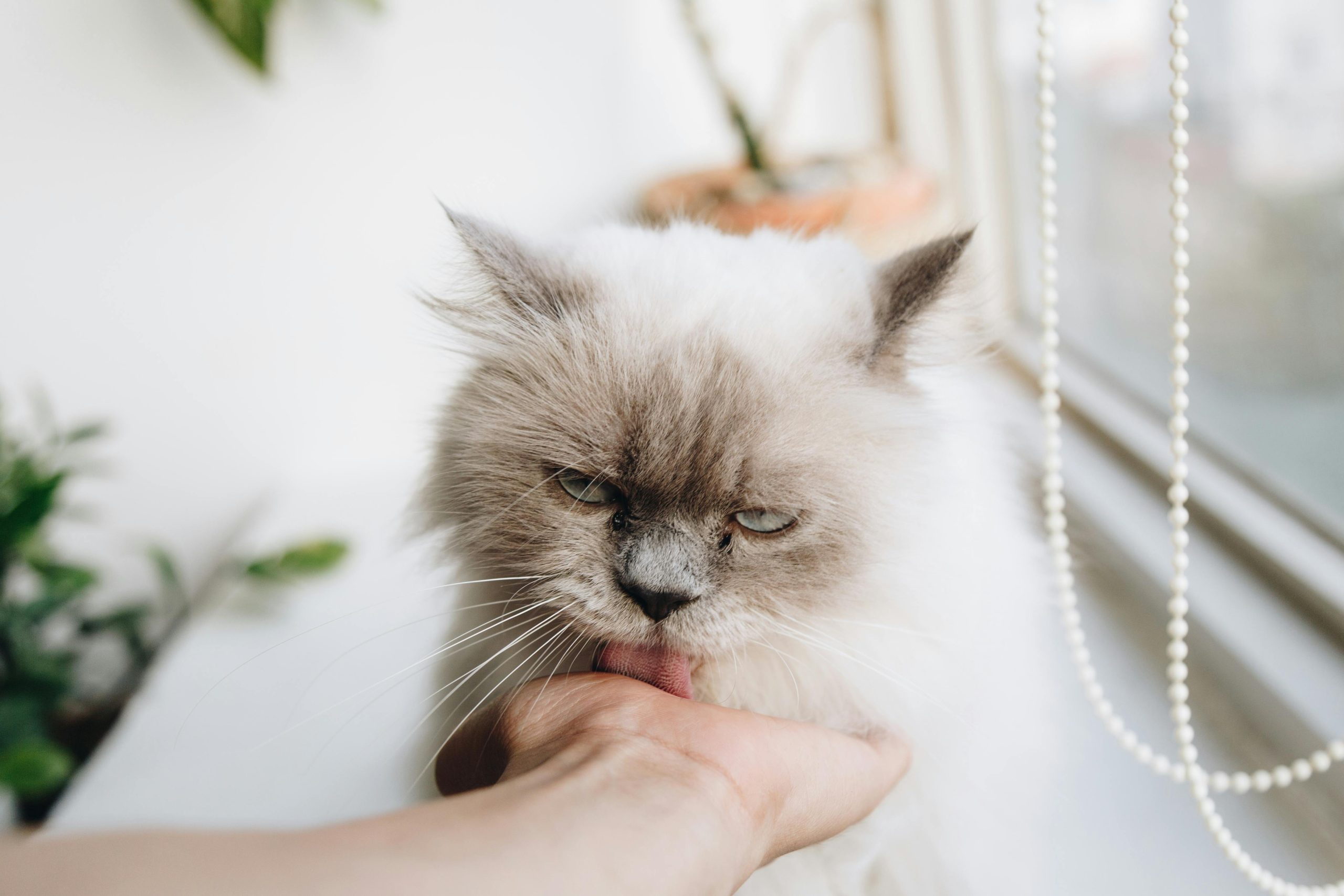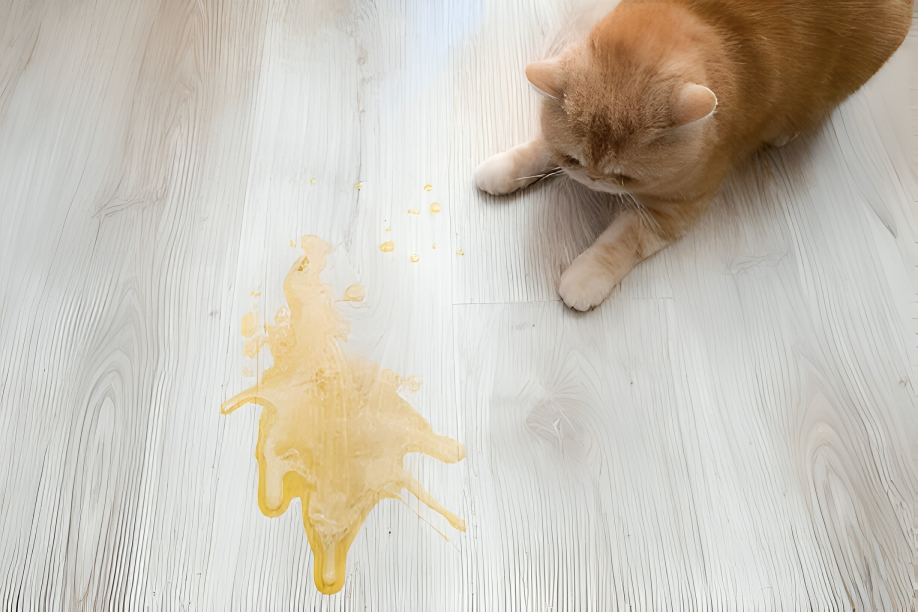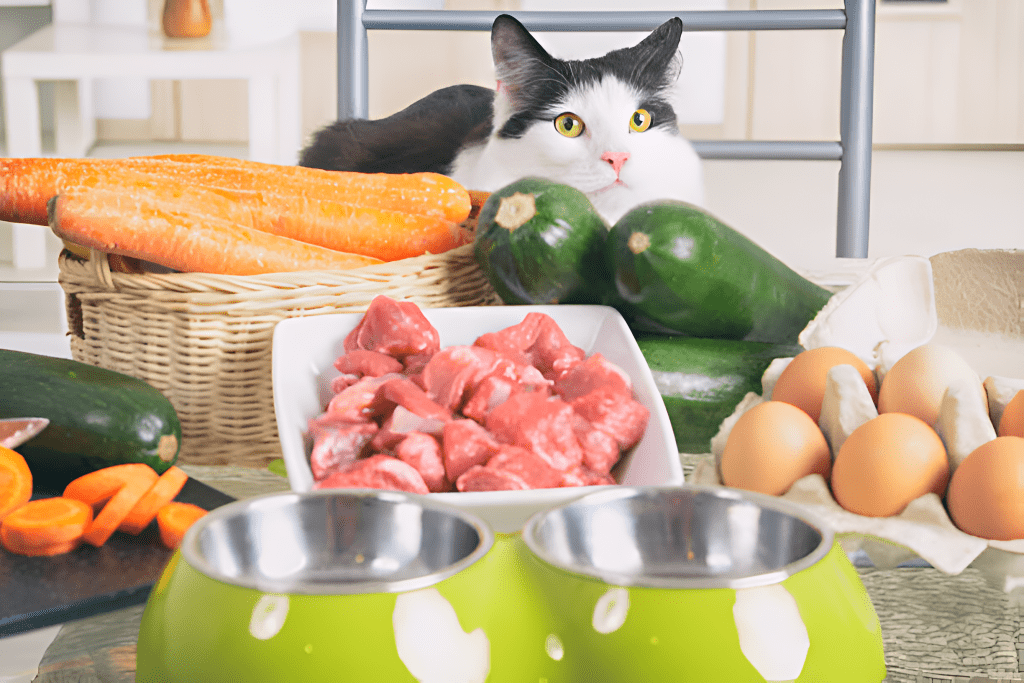If you’ve ever been surprised by your gentle Ragdoll suddenly nibbling your hand, you’re not alone. Many owners wonder, “Aren’t Ragdolls too sweet to bite?”
In reality, a Ragdoll’s bite is usually harmless—a little play, affection, or a way to say they’ve had enough. Contrary to the myth that “Ragdolls never bite,” they sometimes do—just not with hostility.
Most bites are simply their way of talking to you. Understanding your Ragdoll’s body language helps you tell the difference between playful nips and serious ones—and builds trust.
You Might Also Like
6 Common Reasons Why Ragdoll Cats Bite
While Ragdolls are famously gentle, biting is still a natural part of their communication. The key is understanding why it happens.
By recognizing the cause, you can respond appropriately, preventing misunderstandings and strengthening your bond. Here are the most common reasons behind Ragdoll cat biting and what they really mean.
Playful or “Love” Biting
Ragdoll kittens often learn bite control during play. A soft nibble while you’re dangling a toy or wiggling your fingers is usually harmless fun. Adults may also give gentle “love bites” during affection—these don’t break skin and are part of bonding.
Overstimulation or Petting-Induced Biting
Even sweet Ragdolls have limits. Long petting sessions, especially on sensitive areas like the belly, can trigger a sudden nip. Watch for subtle signs—tail flicks, ears angling back, or a stiff body—before the bite happens.
Attention-Seeking Behavior
Some Ragdolls nip lightly to get your focus, especially if they’re bored or you’ve been ignoring them. This is their way of saying, “Play with me now.” Increasing structured play and mental stimulation helps curb this.
Pain, Discomfort, or Health Issues
If your Ragdoll bites when touched in a specific spot, it may signal pain. Common causes include arthritis, dental problems, or skin irritation. These bites tend to be quick, sharper, and feel defensive. A vet check is essential.
Lack of Early Socialization
Cats not well-socialized as kittens may bite more unpredictably. Without early exposure to gentle handling, they might not know appropriate bite pressure or may react nervously to touch.
Stress or Anxiety
Changes in routine, new pets, or loud environments can cause anxiety bites. These are often paired with hiding, dilated pupils, or tense posture. Providing a calm, safe space can reduce this behavior.
You Might Also Like
How to Stop Your Ragdoll Cat from Biting – 5 Solutions
Stopping your Ragdoll’s biting starts with knowing why it happens and responding in ways that build trust, not fear. Punishment doesn’t work — but redirection, clear boundaries, and structure do. These simple, expert-backed steps help turn biting into a positive interaction while tackling the cause.
Redirect to Toys
Don’t let your hands become the target. Offer wand toys, kicker toys, or puzzle feeders so your Ragdoll stays busy in a healthy way. Rotate toys often to keep things fresh and encourage safe play without bad habits.
Learn and Respect Boundaries
Ragdolls always give hints before they nip — a flicking tail, stiff body, or turned-back ears. When you spot these cues, pause and give them space. Reading and respecting their limits prevent defensive biting and build trust.
Structured Playtime
Bored cats bite more. Schedule at least two 10–15 minute play sessions daily. End play calmly so your cat feels satisfied, not overstimulated.
Consistent Positive Training
Clicker training and treats can reward gentle interaction. Mark and reward when your cat disengages instead of biting. Positive reinforcement teaches lasting bite control without fear.
Address Medical or Stress Causes
If your cat suddenly bites or reacts to being touched in one area, it might be in pain. A vet check is the first step. If stress is the cause, provide quiet spaces, pheromone diffusers, and a predictable routine.
But what if they do bite? Here’s how to handle it calmly.
You Might Also Like
What to Do If Your Ragdoll Bites You
When your gentle Ragdoll suddenly bites, how you react can shape whether it stays a one-off or turns into a habit. Don’t yank your hand away — that can trigger their chase instinct and make things worse. Instead, freeze, avoid eye contact, and stay calm.
Once your cat lets go, slowly pull back without scolding. Give them a moment to settle, then later redirect that energy to a toy or play session.
Handled calmly and consistently, this helps stop biting without harming your bond. If it keeps happening — or gets worse — it’s time to look deeper.
When Is Biting a Red Flag? Signs It’s Time to Call the Vet
If your Ragdoll’s biting is persistent, getting worse, or feels unpredictable, it may be time to check in with your vet or a certified feline behaviorist. Talk to your vet if you notice sudden personality shifts, fear-based biting, or aggression paired with hiding, litter box changes, or unusual vocalizing.
Painful conditions like arthritis, dental trouble, or hyperthyroidism can all cause biting, so rule out health issues first. A behaviorist can then help with fear, stress, or overstimulation through gentle training and small home changes.
Don’t wait, hoping it will pass — early help protects your bond and keeps the habit from sticking. Getting help isn’t failing — it’s the kindest thing you can do.
Final Thoughts
A Ragdoll’s bite isn’t defiance — it’s communication. Often, it’s their last resort after subtle hints like tail flicks, ear shifts, or whisker pulls get missed.
Punishment doesn’t work — it just breaks trust, especially with a breed as gentle as the Ragdoll. Instead, treat each bite with curiosity: What was your cat trying to say?
Follow the CALM model — Check context, Assess body language, Learn patterns, and Modify your approach. By swapping punishment for redirection, rewards, and clear boundaries, you turn conflict into connection. That’s how I learned with my own Ragdoll — one little nibble at a time.
Got a biter at home? Drop your story below — your tip might help another cat parent, too!
You Might Also Like

Hi, I’m Mo Pavel—a writer, researcher, and devoted animal lover. With my Persian cat Luna and two loyal German Shepherds, Rex, and Max, I live a life centered around pets. Beyond my home, I care for stray dogs, ensuring they feel loved and safe. Through Cats Question, I share insights to help pet owners create better lives for their furry companions.






